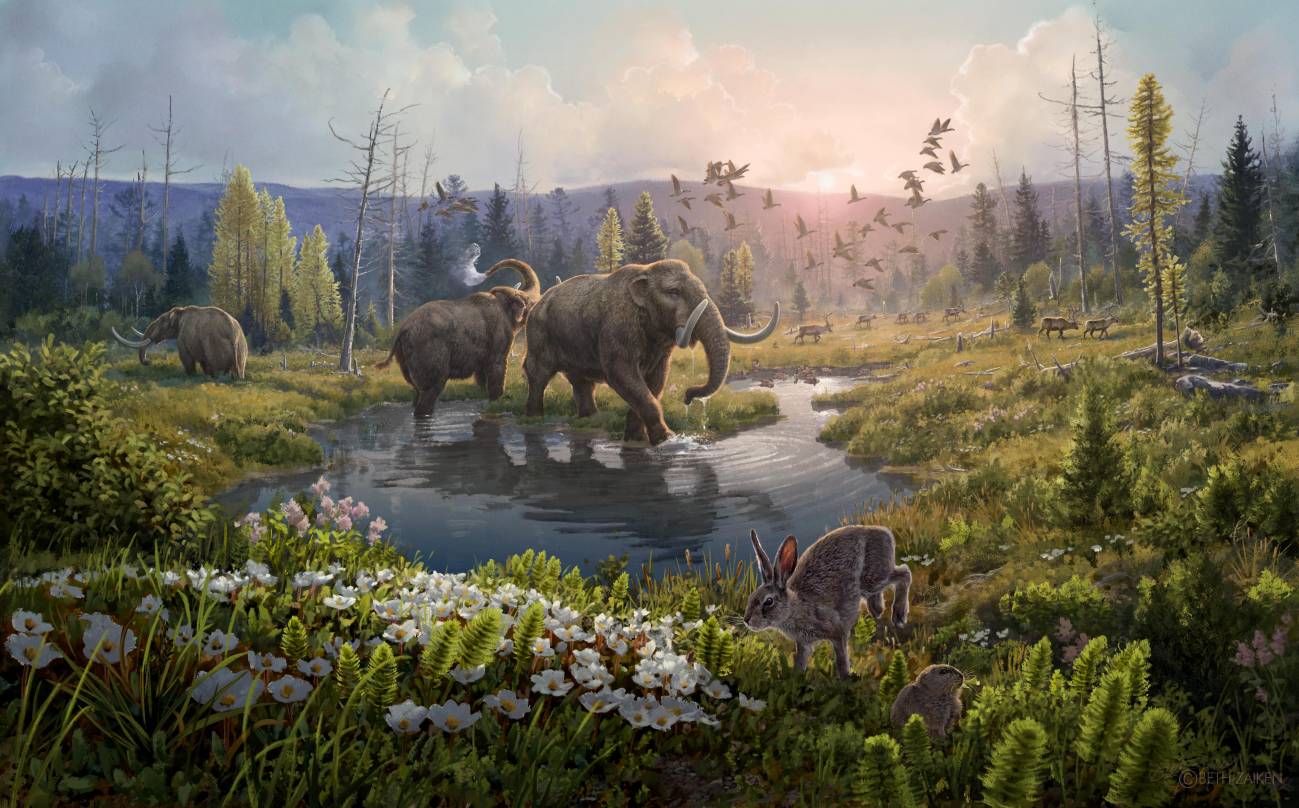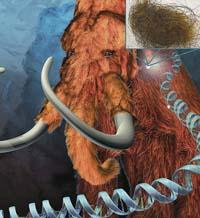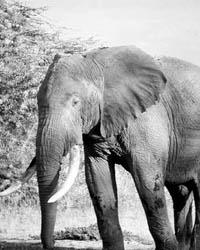They can recover two million years of DNA.
2022/12/22 Galarraga Aiestaran, Ana - Elhuyar Zientzia Iturria: Elhuyar aldizkaria

The oldest DNA so far was a million years old. It was extracted from a bone from a Siberian mammoth. In Oain, they managed to jump two million years ago with the DNA extracted from the sediments of Greenland. The study, published openly in the journal Nature, has particularly influenced the methodology, which the authors consider a valuable tool to know the ancient ecosystems and reveal the evolution of species.
In fact, in sediments two million years ago they have collected the DNA from the area and have identified many species that had not been identified in the remains of fossils and pollens back then: the great diversity of the plants; the ancestors of Pleistocene and of the current animals (hares, mastodines, reindeer and geese, among others); marine species, such as crest crab and bacteria. They stress that this ecosystem has no parallel in these times.
According to the researchers, the temperature of the time was similar to that expected in the future due to global warming. Therefore, the analysis of species evolution at the time is useful to predict what may happen. They have also warned: the climate changed little by little and the current change is much faster.
On the other hand, they expect the method to be valid for use in ancient African deposits and for valuable information on human evolution.

Gai honi buruzko eduki gehiago
Elhuyarrek garatutako teknologia






